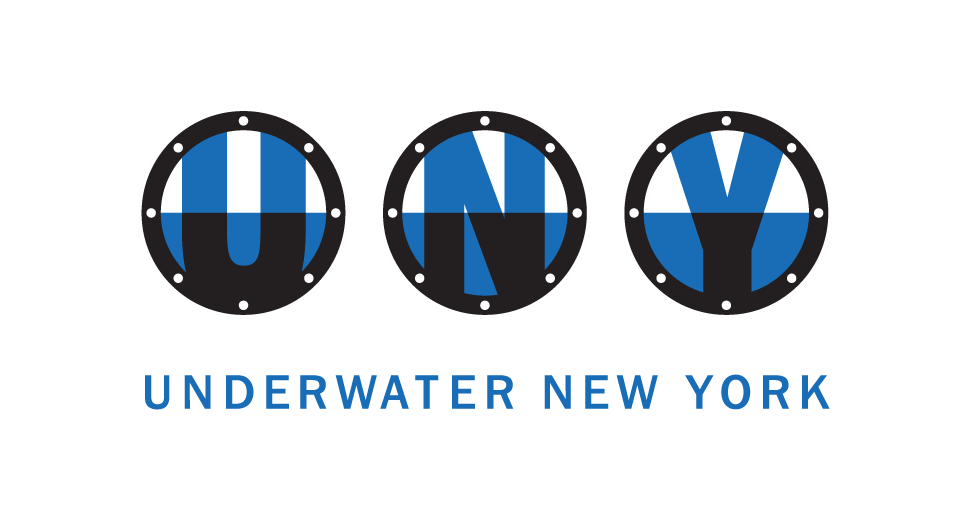Imaginary Map: New York Harbor
TRACES: New York Waterways
2018
4 feet x 12 feet
Graphite on paper
Imaginary Landscapes I-IV
2018
11in x 14in
Ink on vellum
Imaginary Landscapes I-IV
2018
11in x 14in
Ink on vellum
Imaginary Landscapes I-IV
2018
11in x 14in
Ink on vellum
Imaginary Landscapes I-IV
2018
11in x 14in
Ink on vellum
Imaginary Landscapes I-IV
2018
11in x 14in
Ink on vellum
Over two seasons in residence on Governors Island, I worked to expand a body of work called TRACES. Rivers are constantly changing course, redistributing energy and carving new paths. Dance pathways are also not fixed, with variations every time movement is performed. This series of choreographic works uses stream dynamics and river morphology as a point of departure that, when performed, create large drawings as an artifact of the dance, mapping the unique signature of each performance and, abstractly, the water body that inspired it.
While in residency in 2018, I choreographed a solo dance work inspired by the waterways of New York City. Capturing the pathways of my dance, I created a 4-foot by 12-foot drawing as I performed the piece. I see this large drawing as a map of the dance and an abstraction of the rivers that inspired it.
Using smaller sheets of translucent paper, I traced the shapes made by my dancing body. Zooming into particular areas allowed me to grow more familiar with the vocabulary of the dance. Vortexes recorded where I had performed a turn on one foot; lines that started darker on one side showed where I had dragged and flicked a pointed foot. Smeared areas showed a roll on the floor. I was also struck by the parts of the dance this process could not capture—any movements of arms or torso above the surface. Tracing the edges of these marks brought me into this dance-water-map space in a new way.
Still, this was an absurd enterprise. The large drawing had so many gradients of light and dark that tracing it with clean lines didn't really fit. Marks blended into each other with no clear beginning or end, yet I persisted with a pencil line as my tool of documentation and exploration. Imposing this hard structure onto my fluid artwork, I thought: Isn’t this how we make maps? We draw clean lines between land and water, which don’t acknowledge the complexity of the middle. The land/water boundary is one of the most basic distinctions in cartography, yet its clarity and permanence fall short of capturing what is actually there—a dynamic border space. In reality, the edges where land and water meet are spaces where two systems blur and melt into each other—not a line, but a place. As with my drawings, imposing lines is a limited way to understand the way aquatic and terrestrial systems interact.
Some of these tracings looked like imaginary landscapes, with coherent bodies emerging from my surveying process. This year, I added contour lines to make graphic, map-like drawings derived from the original large drawing. I added contour lines in the “water” rather than the “land” to shift the topographical emphasis. I also experimented with layering color into the maps. The contour-drawing process was slow and meditative, outlining the same shapes again and again, becoming less precise the farther away from the “body” I got. The repetitive motions felt akin to the choreographic process, as I performed a series of movements over and over until they approached a set form. But even the most precisely staged dance is never the same twice.
The more I traced, the farther I got from the original source material, New York’s waterways. Through these layers of tracing and interpretation—copies of copies of copies—something new was forming. Shifting softness of powdered graphite. Unforgiving lines of ink. Fundamental impermanence of performance. What do they all say about water?
About the Artist
Christina Catanese works across the disciplines of dance, education, environmental science, and arts administration to inspire curiosity, empathy, and connection through creative encounters with nature. As an artist, she has participated in residencies at the Santa Fe Art Institute, Signal Fire, Works on Water, and SciArt Center, and has presented her work throughout Philadelphia and the region. As the Director of Environmental Art at the Schuylkill Center for Environmental Education for six years, Christina oversaw all aspects of creating and implementing an environmental art exhibition program in the nature center’s 340 acres of forests, fields, and gallery spaces, curating dozens of exhibitions and interdisciplinary projects. Attending University of Pennsylvania, she has a Masters in Applied Geosciences and a BA in Environmental Studies and Political Science. She is currently based in Grand Rapids, MI, by way of growing up in Pittsburgh and coming of age in Philadelphia.
